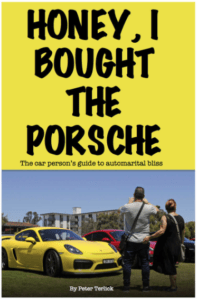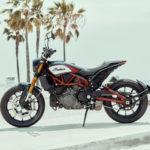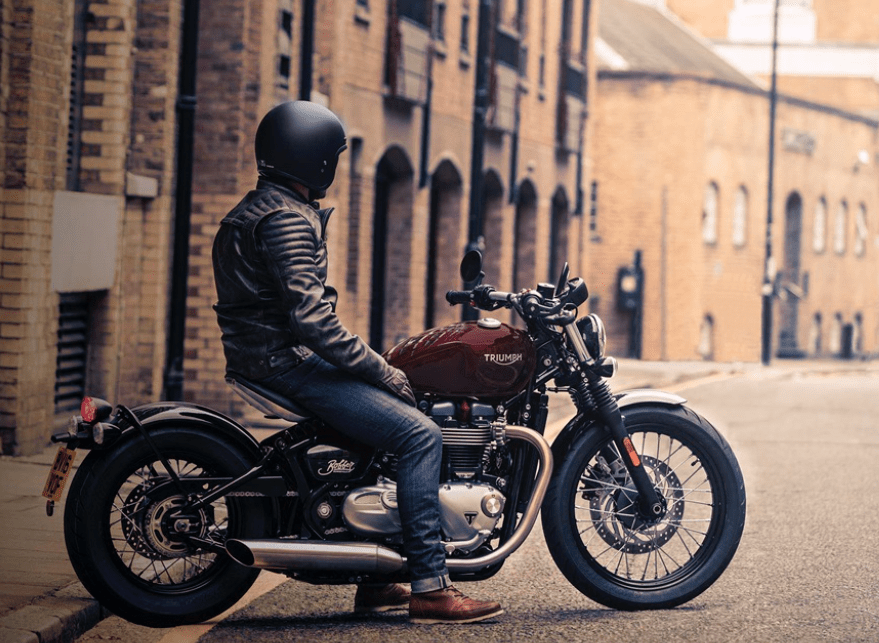
IT’S been five months since The Bike Shed Times previewed Triumph’s stylish flashback Bonneville Bobber. Retro bike sceptic DAN TALBOT managed to get his hands on one of the first into Western Australia and took it for a blast to file this report.
Triumph Bobber road test – torque is cheap
I SCOFFED when I heard Triumph was releasing a bobber. After all, the bobber style is part of a do-it-yourself culture, and factories should keep away from such things. Bobbers were the American café racers – purpose-built, uncomfortable, custom machines.

Except that’s where my argument fails: Motorcycle manufactures are already successfully churning out tasty café racers like the Triumph Thruxton and Moto Guzzi V7 Racer, so why should the bobber be excluded?
Historically, bobbers are hard-tail motorcycles, devoid of rear suspension. The seat may be sprung, but often it’s not. The rider sits on a small piece of leather bolted to the steel backbone of the bobber and away he, or she, goes, off into the not-too-distant blue yonder until the kidneys, back and butt start begging for mercy.
I recall the roads in America as being much better quality than those in Australia, but the idea of a motorcycle on any road without rear suspension makes me cringe.
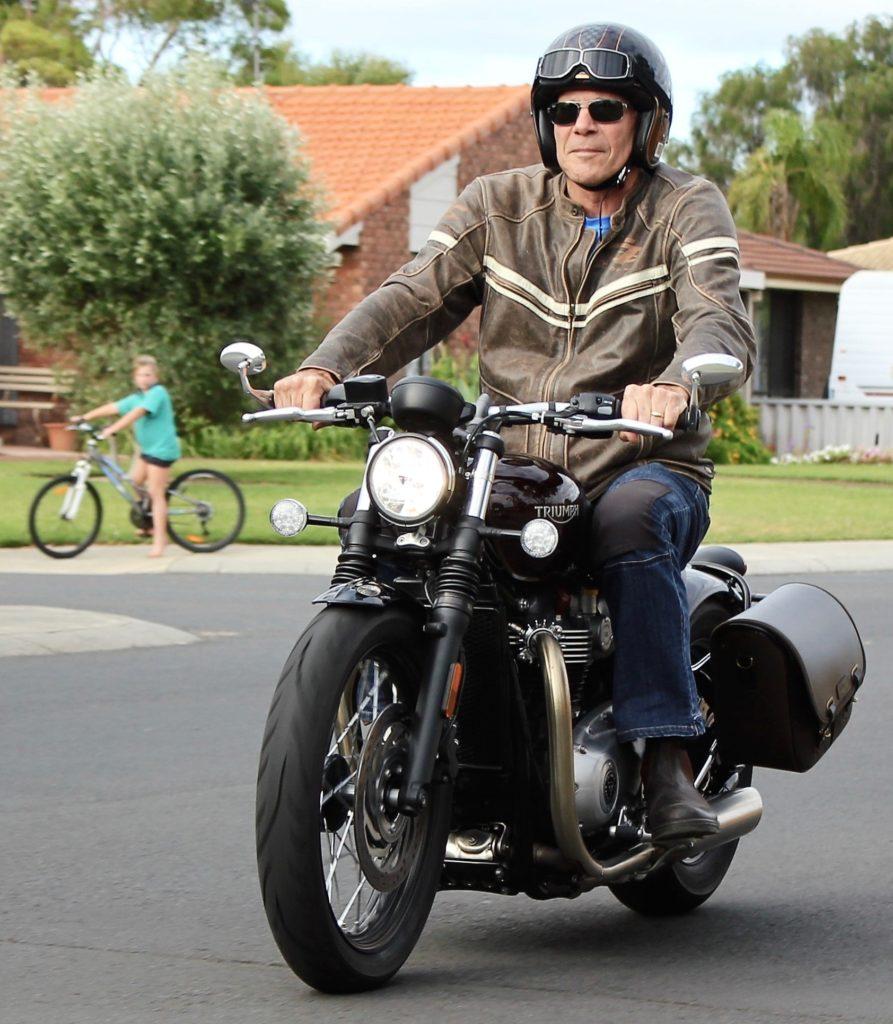
But I need not despair. In a move not unlike the original Harley Davidson Soft-tail of 1984, Triumph have cunningly created a motorcycle that looks like a hard-tail but isn’t. A rear shock is tucked away under the seat, allowing the Bobber to look all the world like a hard-tail motorcycle.
I was a little perplexed when a friend told me she had secured a Bobber from the first shipment destined for Australia. Suzanne likes her American cruisers and classic Triumphs in equal measure so I shouldn’t have been surprised to hear the news – but I didn’t share her excitement.
Until I laid my eyes on it.
The Triumph Bobber is a stunning motorcycle. Triumph have cleverly finished off the machine all in black, save for the petrol tank. A colour change is as easy as swapping the tank over and probably makes things a whole lot easier in the Triumph paint shop. The paint is lustrous with more than a hint of 1950s vintage.
The design similarities between the Triumph Bobber and my 1951 Ariel Red Hunter are startling.
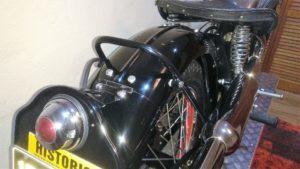
The glossy black rear guard looks like it could be interchanged between the Bobber and the Ariel. The old baker-light battery box has been recreated, so too have fake carburettors and an oil tank.
What’s not fake are the welds on the Bobber frame, they look like they were struck from Grandpa’s arc welder by someone who knows what they’re doing.
The package aims to make the Bobber look like it was hacked out of an old British twin and, to this end, Triumph have been very successful. It demands to be touched, prodded, sat on and ridden. Fortunately Triumph didn’t completely take the piss and fit an imitation kick-starter to their retro-creation.
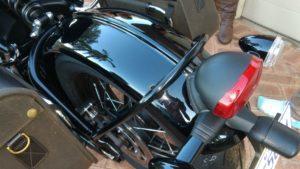
Lowering my 192cm, 100kg frame onto the saddle I immediately feel I’m too big for this bike, but that’s okay. I’m too big for a lot of bikes out there, probably most.
The Bobber is perfectly suited to my wife and of course its owner, both of whom are around the 178 cms. My wife has a 900 Bonneville and is very pleased with the compact nature of the Bobber.
For some reason I expected the single shock to compress and allow an already low bike sink closer to the ground. It didn’t. Whilst the bike does feel small, I’m reminded the engine is in fact 1200cc, which makes it close to twice the capacity of the bobbers of old.
Starting the bike was a pleasant surprise. The rumble was deep and satisfying, with a slight induction making itself heard at idle and dominating the conversation when the revs get cracking. For a stock exhaust set up, this bike sounds bloody nice.
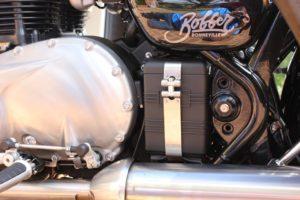
The next big surprise was the gearbox. The new ‘torque assisted’ clutch is super light and clicking through the gears has never been so easy.
Since the 1990 Hinkley reintroduction of the Triumph range, they have set the standard for rock-solid, precision gearboxes, the torque assisted clutch takes Triumph transmissions to the next level.
The Bobber was my introduction to Triumph’s new 1200cc engine. The engine looks the same but behind the familiar façade is a liquid-cooled, twin-cylinder powerhouse.
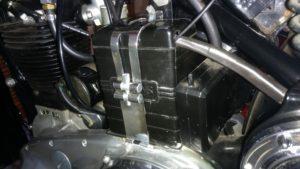
There’s bigger, faster and more brutal engines out there, indeed, even in the Triumph range, but none of them hold you in place upon a leather-clad saucer. When you crack the throttle on the Bobber you need to be hanging on. It might look a little cute but there’s some serious tyre-shredding action available to those who want to start pushing the limits of their skill.
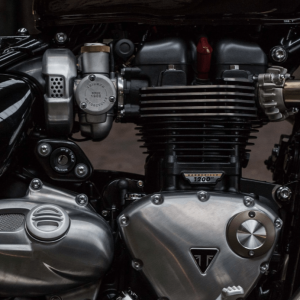
Whilst on the subject of limits, traditional bobbers are not known for their cornering ability. They tend to be straight-line specials with limited ground clearance. Triumph’s Bobber, on the other hand, is lower than the rest of the range but clearance wasn’t a problem for me, certainly not on a motorcycle loaned to me by a friend.
Triumph have deliberately set out to create a low bike. This has been achieved at the cost of suspension travel which became apparent when I hit a slight ditch in the road and bottomed the front forks at about 80 km/h. This didn’t set the bike off course but had me on the hunt for rough spots on the road ahead to avoid getting another jolt through the bars.
Cracking the throttle at just about any revs produces an arm-wrenching blast that pulls like a bull in springtime. It just goes and goes, with that sweet induction roar that makes you want to hold the ‘ride by wire’ throttle pegged to the stop. Responsibility, the fact that I’m on someone else’s bike and rapidly passing scenery usually had me slacking the throttle at some undisclosed, high-end rev range (there is no tacho).
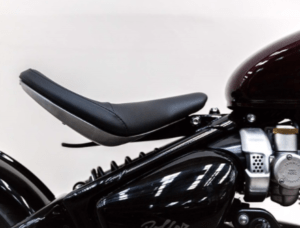
As for slowing down, washing off speed on the Bobber isn’t exactly confidence inspiring. There is only one disc up front, and one at the rear. It would have been nice to see a drum brake at the rear of the Triumph as this was often the only brake true bobbers possessed. Like the chopper cult, many bobber builders could see no point in extra hardware like front brakes. In reality, a full-finger pull on the brake would pull the Bobber up in most cases. In the short time I was on the Bobber I was forced to make one emergency stop, mid round-about, when a bus driver failed to see me and went barrelling through with barely a thought to the shiny red and black motorcycle he should have been giving way to.
Being on a friend’s bike has its limitations. I would like to report that I threw the Bobber into bends with reckless abandon but that would be untrue. For normal street riding the Bobber behaved faultlessly. The bike is low and rock-steady. Sports bike riders will not take to the Bobber, and nor should they. The bike is a cruiser, a café strip poseur designed to turn heads and give the rider a buzz with a powerful engine in a tasty package. It won’t suit those who want to tour, take their loved-ones for a spin or seek protection from the elements. This is a purpose-built hot rod, designed to deliver fun and adrenalin in equal measure.
Priced at a touch under $20,000, the Bobber is very good value for a 1200cc factory custom motorcycle that walks the torque.
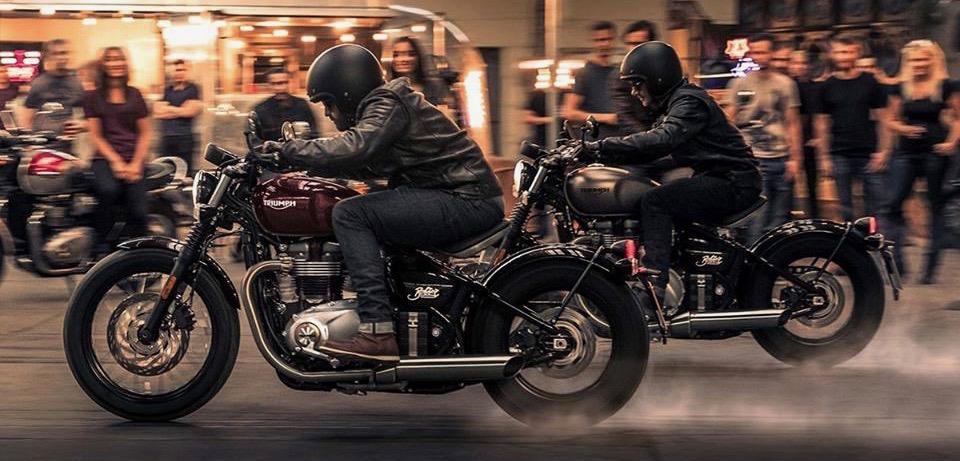
Also see:
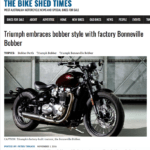 Our Bobber preview article (with full specs): click here
Our Bobber preview article (with full specs): click here
